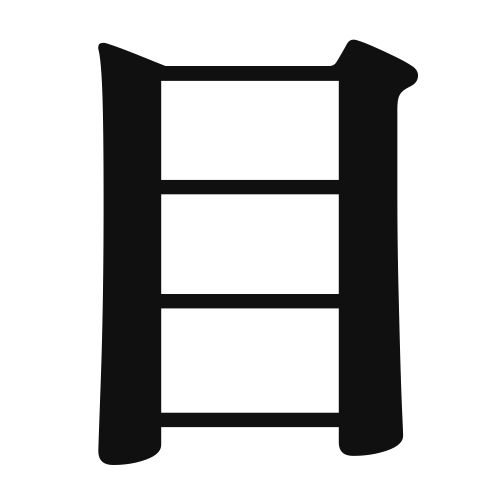1. Overview of Meaning
The kanji “目” (me) means “eye” in Japanese. It represents the organ of sight and is often used in various contexts related to vision and perception.
2. Formation and Radical
Formation of the Kanji: The kanji “目” is a pictogram, originally depicting an eye. It belongs to the category of ideograms, as it visually represents its meaning.
Radical: The radical for “目” is also “目,” which is used in other kanji related to sight and vision.
3. Examples of Usage
Common Words and Phrases: Some frequently used words that include “目” are:
- 目標 (mokuhyou) – target, goal
- 目覚まし時計 (mezamashi dokei) – alarm clock
- 目立つ (medatsu) – to stand out
Example Sentences in Daily Conversation:
- 彼は目が大きいです。(Kare wa me ga ookii desu.) – He has big eyes.
- 目を閉じてください。(Me o toji te kudasai.) – Please close your eyes.
4. Synonyms and Antonyms
Similar Kanji: A similar kanji is “視” (shi), which means “to see” or “to view.” While “目” refers specifically to the eye itself, “視” relates more to the act of seeing.
Opposite Kanji: An antonym could be “盲” (mou), which means “blind.” This represents the absence of sight, contrasting with the function of the eye.
5. Cultural and Historical Background
Relation to Japanese Culture: In Japanese culture, the eye is often associated with perception and awareness. The phrase “目は心の窓” (me wa kokoro no mado) translates to “the eyes are the windows to the soul,” emphasizing the importance of eyes in understanding emotions.
Proverbs and Idioms: One common idiom is “目を見張る” (me o miharu), which means “to be astonished” or “to be wide-eyed,” indicating surprise or amazement.
